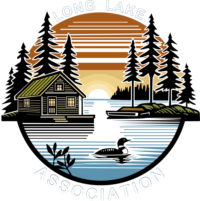Projects
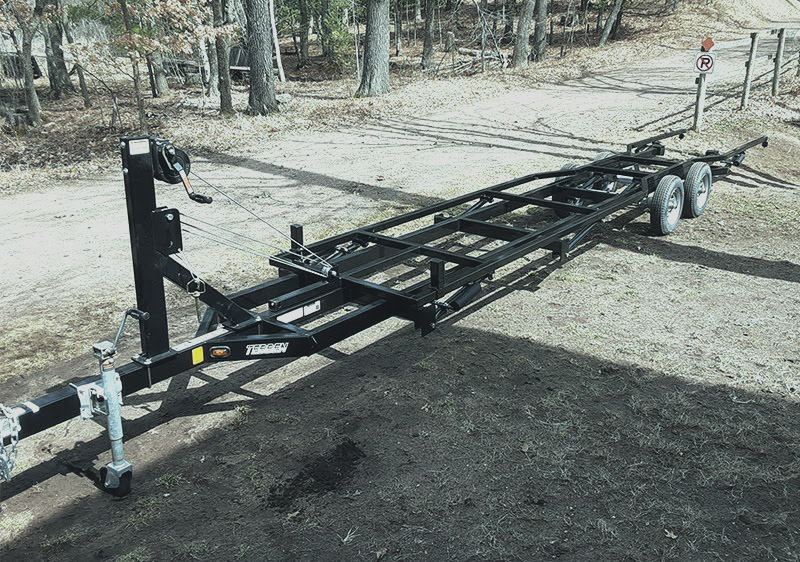
Long Lake Dedicated Trailer
The Long lake Association has purchased a pontoon trailer for use on Lake Lake and Des Moines Lake. It is hoped that having a dedicated trailer will help reduce the potential for the spread of zebra mussels and other aquatic invasive species into our lake.
Pontoon Trailer Rental
- The trailer uses a 2 inch ball.
- The trailer is chained to a tree and both Mark Michel and Jeff Romanchuck have a key.
- There will be a box containing a calendar and a release of liability form that the user fills out.
- We are asking for a $25 donation to the Long Lake Association for a two hour use of the trailer. $25 Donations can be left in the box. Checks can be made out to Long Lake Association or payment can be made with the Venmo App. Venmo user name is timtamlyn.
- There is a plastic bag covering the electrical plug and chains. It is held on with a bungee cord. Please rewrap after use.
- Please contact Mark Michel at 715-281-8953 to schedule a 2 hr time block for trailer use.
- The Trailer will be limited to local travel, dues paying association members, and for use only on Long Lake.
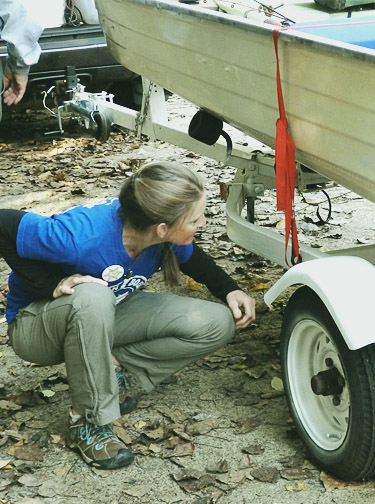
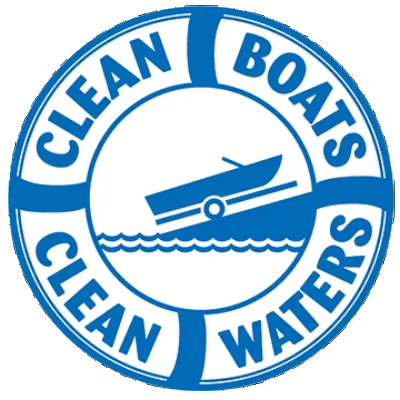
Clean Boats Clean Water
Clean boats Clean Waters (CBCW) is a Wisconsin DNR program to help reduce the spread of aquatic invasive species (AIS), such as Zebra Muscles, in Wisconsin lakes.
One of the main deterrent strategies is inspecting boats and trailers to clean off all aquatic plants and animals, draining boats and live wells, as well as spraying boat hulls and trailers with a bleach and water solution.
The main steps are:
- inspect boats, trailers, and equipment
- remove all attached aquatic plants and animals
- drain all water from boats, vehicles, and equipment
- never move plants or live fish away from a waterbody;
- Spray boat hulls and trailers with a bleach and water solution.
The Long Lake Property Owners Association has been conducting a CBCW program at the public landing for several years. The program includes signage at the landing explaining the CBCW steps mentioned above, spray bottles of cleaning solution and brushes, motion-activated cameras at the landing, volunteer and paid inspectors at the landing on the weekends during the boating season, reporting non-compliance violations to the county, as well as educating association members about the CBCW program.
The association has applied for and received a CBCW grant from the Wisconsin DNR for the past three years. The grant is used to help pay for paid inspectors, management hours to enter the inspection data into the DNR SWIMS database, and tee-shirts for inspectors.
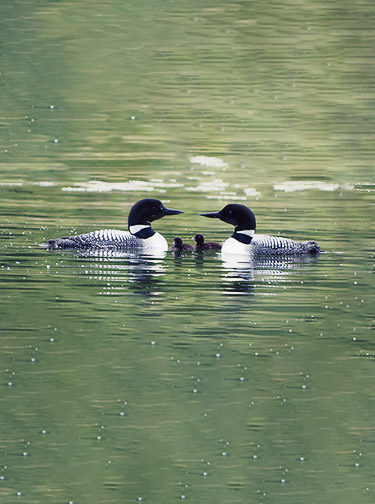
Loons
- Not using lead fishing tackle, loons sometimes swallow stray fishing tackle and suffer the effects of lead poisoning.
- Being respectful of nesting loons and giving them time and space. View loons with binoculars while maintaining a safe distance.
- Maintain a “no wake” near the loon nests, a wake can flood and destroy loon nests.
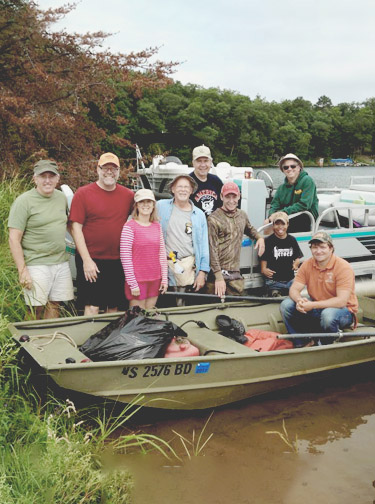
Purple Loosestrife
Purple loosestrife started out as a plant that was sold in nurseries. It produces a huge amount of seeds and can be transported by birds and wind. It has become an invasive species on our lake. The Long Lake Association is doing all it can do to eliminate this purple perennial. You can help too!
We have three methods of control:
- Digging the plant out by its roots. Pulling purple loosestrife is difficult when the plant is big, and it is hard to get all of the roots.
- Removing the flowers before they go to seed. The time to cut is mid July into August, before the plants go to seed. Dispose of your harvest in large garbage bags. But cutting and destroying the flowers only stops the spread of seeds, it does not get rid of the plant.
- Setting out colonies of special beetles which eat the plants. The association has been raising beetles for a number of years.
Everyone can help, simply check your own property and your neighbors. If you have too much to handle please contact a Board member from the association.

Raising Beatles for Purple Loosestrife
Cutting and destroying the flowers only stops the spread of the seeds, it does not get rid or kill the plant. Biocontrol utilizes Galerucella Beetles. These beetles eat and thrive on the purple loosestrife plant.
The beetles can be raised in pens and then collected to be released around the lake. Last year, we received beetles from Burnett County, Mark and Jill Michel spent the summer raising beatles. These beatles were released at both Long and Des Moines Lakes. The beetles were effective, Mark Michel saw evidence of them eating the loosestrife. Mark and Jill Michel will be raising their beetles again this year, in a joint effort with the Long Lake Association, the Des Moines Lake Association, and Burnett County. A pen will be erected on the Michel property which is on both lakes. Mark hopes to release beatles down on the South end of Long Lake to address the Purple loosestrife on the North end of Hanscom Lake.
Help Protect Our Lake
- Use mulch and vegetation to keep soil from washing away.
- Mulch and compost grass clippings and leaves.
- Keep paved surfaces to a minimum.
- Capture water runoff with a rain garden and rain barrels.
- Remove garbage and debris from the lake bottom.
- Go Fertilizer-Free.

